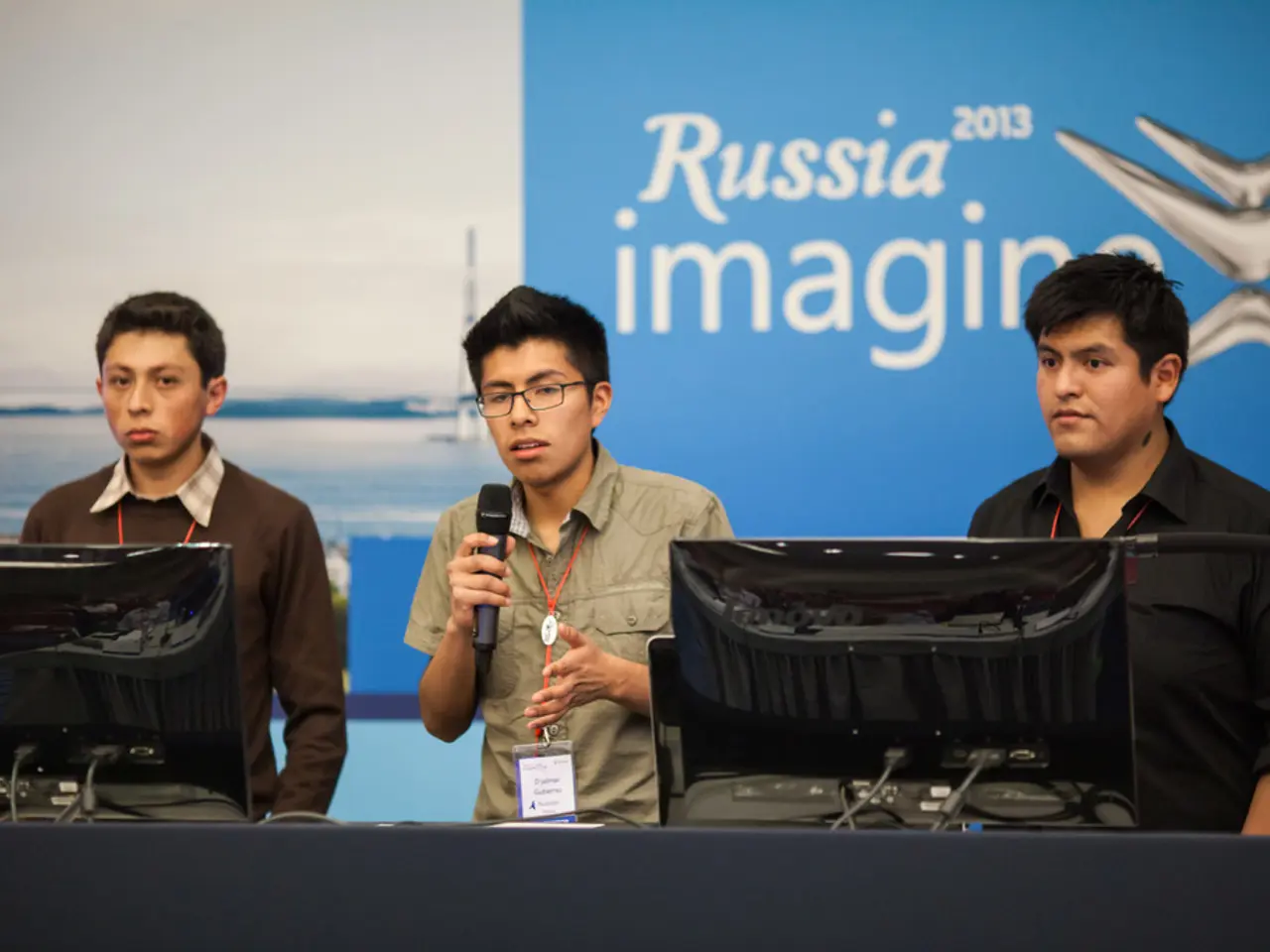Expressing Identity, Styles, and Digital Representations
Evolution of Self-Representation: From Cave Walls to Digital Avatars
In the realm of fashion, self-expression has come a long way, evolving from cave drawings to the digital world of avatars. This evolution is the focus of our article today.
Fast forward to the present, and brands like Carhartt are venturing into the virtual realm, creating clothing for avatars. In 2022, fashion heavyweights such as Prada, Balenciaga, and Thom Browne joined Meta's avatar store, offering virtual products priced under $10. The metaverse excitement may have waned, but ideas like Tommy Hilfiger's virtual try-on mirrors persist, providing a realistic sense of how clothes would look on users' avatars.
The concept of avatars as a means of self-representation can be traced back to 1985's Habitat by Lucasfilm Games, where the first customizable avatar graced the screens. Avatars often resemble their creators' physical appearance, but anonymity is also a consideration. In such cases, self-representation can take on different meanings.
Avatars have become mainstream, as demonstrated by the example from Tommy Hilfiger. Fashion brands are increasingly embracing virtual worlds as a means of self-expression and accessibility. Customization and fashion options for avatars have greatly expanded since their introduction, with examples like Nike gear on Roblox and Carhartt workwear through Bitmoji on Snapchat.
The impact of customizable avatars on fashion in the digital world is significant. These in-game customization features have evolved beyond functional gameplay elements to become avenues for digital self-expression and virtual identity. Players often use avatar fashion to showcase trends, experiment with styles, and even influence real-world fashion sensibilities.
Digital fashion culture fosters communities centered around style and aesthetics, contributing to the rise of virtual fashion shows, digital clothing sales, and collaborations between fashion brands and game developers. This blend of gaming, identity, and style has transformed the digital fashion landscape into an interactive and evolving medium.
In the online space, fashion is purely decorative and has no physical limitations, raising questions about its ultimate form as self-expression. Virtual clothing is durable, as it never wears out, doesn't need to be washed, and doesn't need to be thrown away or recycled.
Brands are also exploring new forms of exclusivity in the digital realm. Gucci's AR sneakers present a unique form of exclusivity with less physical limitations. These sneakers are available as a phone filter, priced around $10. Tommy Hilfiger, on the other hand, uses augmented reality mirrors in stores for virtual try-ons, utilizing 3D body tracking tech and cloth simulation.
As we continue to navigate this digital age, the intersection of fashion, gaming, and identity promises an exciting future for self-expression and virtual self-representation.
The fusion of fashion and technology in the metaverse is not only shaping digital avatar aesthetics, but also widening the scope of self-expression for users, as demonstrated by brands like Tommy Hilfiger and Prada offering virtual wearables in 2022. The media and lifestyle industries have taken notice of this development, with the fashion-and-beauty sector actively investing in the creation of customizable avatar clothing and accessories, such as Nike gear on Roblox and Carhartt workwear through Bitmoji on Snapchat.




